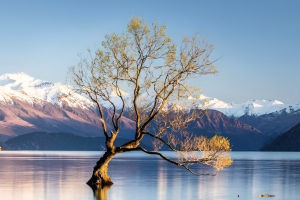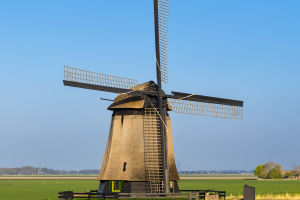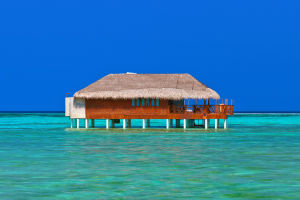Why Visit Brisbane
When planning an Australian adventure, Brisbane might not be the first destination to come to mind.
Often overshadowed by popular cities like Sydney and Melbourne, Brisbane, the capital of Queensland, offers a subtropical climate, a vibrant arts and music scene, and an abundance of outdoor activities that make it a must-visit destination.
Highlights of Brisbane
A Perfect Blend of Relaxation and Adventure
Dear Lykkers! Nestled in the southeast corner of Queensland, Brisbane combines laid-back charm with modern sophistication. Its riverside setting is ideal for adventurers, while the city's trendy dining and nightlife options appeal to urban enthusiasts. Thrill-seekers can enjoy climbing Story Bridge, and sports fans should not miss catching a rugby match at Suncorp Stadium. For a more serene experience, the City Botanic Gardens, Roma Street Parkland, and the Brisbane Botanic Gardens Mount Coot-tha offer peaceful retreats.
Best Times to Visit
The ideal time to visit Brisbane is between March and May, during the Southern Hemisphere's autumn. Temperatures range from the high 50s to mid-80s, with minimal rainfall later in the season. Winter (June to August) and spring (September to November) also attract visitors with their mild weather, though hotel availability may be limited, especially during September's Brisbane Festival. The wet season, from December to early March, offers budget-friendly travel options, but outdoor plans may be impacted by rain.
Money-Saving Tips for Brisbane
Use Public Transportation
A go card is an excellent investment for using Brisbane's extensive public transportation system. This reloadable card provides discounts compared to single-ride paper tickets.
Try Bike Sharing
Brisbane's CityCycle program features more than 140 bike-sharing stations. A daily subscription costs around AU$2, or you can return your bike within 30 minutes for a free ride.
Avoid Peak Winter Travel
Winter is Brisbane's peak tourist season. Consider visiting in autumn or spring to enjoy fewer crowds and better deals on accommodations and attractions.
Culture and Local Cuisine
Modern Vibes with Aboriginal Roots
While Brisbane has embraced a contemporary and trendy vibe, it remains deeply connected to its Aboriginal heritage. Visitors can witness cultural performances by the Yuggera tribe near the Kangaroo Point Cliffs.
Local Delicacies
The city offers a diverse culinary scene, including Australian staples like meat pies, potato wedges, and dishes flavored with piri piri sauce. Adventurous diners might encounter exotic proteins such as kangaroo or emu on local menus.
Staying Safe in Brisbane
General Safety
Brisbane is considered a safe city, but standard precautions should be taken, especially at night or in unfamiliar areas.
Sun Protection
Given Brisbane's subtropical location, sunscreen and brimmed hats are essential even on cloudy days to prevent sunburn.
Getting Around Brisbane
Public Transportation
Brisbane's public transit system, managed by TransLink, includes buses, ferries, trams, and trains, making it easy to explore both the central business district and surrounding suburbs. The Airtrain connects Brisbane Airport to downtown in about 20 minutes.
Walking and Biking
The compact size of the city makes it pedestrian- and bike-friendly. Scenic paths along the Brisbane River enhance the experience.
Transportation Cards
The go card and seeQ card are convenient for frequent travelers. The seeQ card allows unlimited travel for three or five consecutive days on TransLink services and includes two Airtrain trips. Fares are calculated based on eight travel zones, with most attractions located in Zone 1.
Entry and Visa Requirements
Visitors to Australia must have a valid passport and a tourist visa. For U.S. citizens staying less than 90 days, an Electronic Travel Authority (ETA) can be obtained online through the Australian Government Department of Immigration and Border Protection or arranged by airlines or travel agents.


